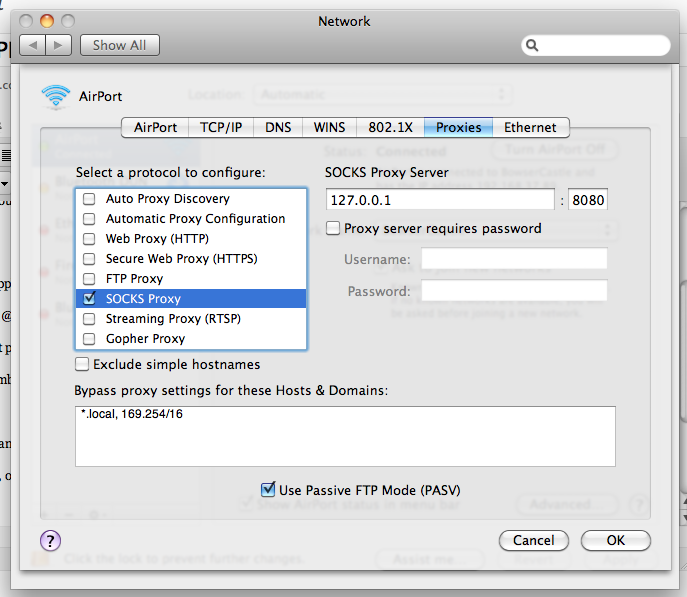

- #Mac ssh server how to#
- #Mac ssh server manual#
- #Mac ssh server password#
- #Mac ssh server Pc#
- #Mac ssh server download#
Cracking the security system of a node depending on SSH keys is nearly impossible since it secures your node in a more sophisticated way by the use of encoded keys.
#Mac ssh server manual#
If your SSH connection is working correctly, TightVNC should load your remote VNC desktop window, ready for you to use.Setting up SSH based security to access your server is a much more effective way than the use of a manual root password.
#Mac ssh server password#
You’ll be asked for your VNC server password (the password you set above in the Setup Remote Login setps), so provide this in the VNC Authentication pop-up window, then click OK.You can configure your VNC connection further by clicking Options but, if you’re ready to connect, click Connect.PuTTY is monitoring this port and will automatically forward this connection, when the attempt is made, to your remote server. In the Connection section, type localhost::5900 or 127.0.0.1::5900 into the Remote Host text box.
#Mac ssh server Pc#
This assumes that your VNC server is running on your remote PC or server. If your SSH connection is active, connecting using TightVNC is pretty simple. You can minimize PuTTY while the connection is active.
#Mac ssh server how to#
You can use any VNC client you choose, but this guide will run through how to connect using TightVNC, a popular and free VNC client for Windows and Linux. With the SSH tunnel to your remote desktop server active, you’ll now be able to make a VNC connection.


#Mac ssh server download#
To start, download PuTTY and open the client.PuTTY offers a graphical user interface that can easily be configured to allow you to tunnel other software, like your VNC viewer, over the connection. If you want to know how to tunnel VNC through SSH, it’s recommended you use PuTTY to make the connection to your SSH server. Setting Up VNC Connection on Windows Setting Up PuTTY This is required to be able to connect via TightVNC or RealVNC on a Windows device.If you select this option, you should create a very secure password. VNC viewers may control screen with password: Other users can share your screen using a VNC viewer app-on iPad or a Windows PC, for example-by entering the password you specify here. Network users and members of network groups can use their network name and password to connect to your Mac for screen sharing.Ĭlick Computer Settings, then select the following: Select a user from Network Users or Network Groups, which includes users and groups with network server accounts. Select a user from Users & Groups, which includes all the users of your Mac except sharing-only users and guest users. Only these users: Screen sharing is restricted to specific users.Ĭlick the Add button at the bottom of the users list, then do one of the following: To specify who can share your screen, select:

You can’t have both Screen Sharing and Remote Management on at the same time. If Remote Management is selected, deselect it. On your Mac, choose Apple menu > System Preferences, then click Sharing. Network Users and Network Groups include people on your network. Users & Groups includes all the users of your Mac. Only these users: Click the Add button, then choose who can log in remotely. On your Mac, choose Apple menu > System Preferences, click Sharing, then select Remote Login. This article explains the process of enabling ssh and VNC access on a macOS device, and accessing the computer from a Windows computer Configuring the macOS device for Remote Access Set up Remote Login (ssh) on your Mac


 0 kommentar(er)
0 kommentar(er)
